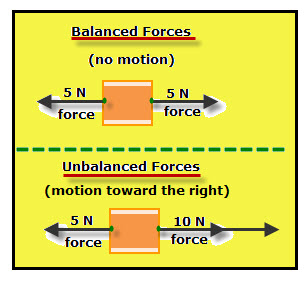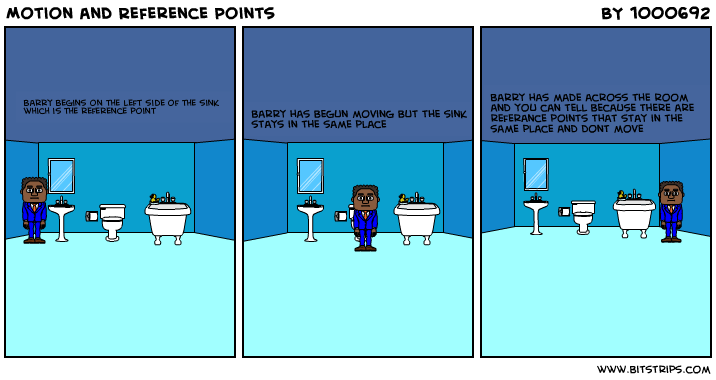Week of February 23
It's New Unit Time!
Welcome to Motion and Forces!

The Big Idea!
Forces have magnitude and direction.
I can...
- Create a force diagram to represent the forces acting on an object
- Recognize that an unbalanced force acted on an object change the object's speed/or direction
- Predict the combined effect of several forces on an object at rest or an object moving in a straight line
- Describe the motion of an object based on difference reference points
1. Forces can be defined as a push or a pull exerted on an object that can change the motion of an object
2. Forces are vectors represented by arrows of different sizes to show that forces have magnitude and direction
3. Forces are measured in Newtons (N)
4. Objects being acted upon by forces can be represented by Free Body Diagrams - see examples below


Different Types of Forces are at work as the climber pulls himself higher up the cliff

Question 1: What forces are acting on you as you mow the lawn with a push mower?
Question 2: Draw a free body forces diagram for you mowing the lawn.

Links:
PhET Simulation Forces and Motion


5. Forces can act on objects through direct contact: friction, (static and kinetic), applied, normal, tension
ex. book sitting on a desk - static friction, book moving across the desk - kinetic friction
6. Forces can act on objects at a distance: gravity, magnetism, and electrical charges
7. The Net Force on an object is the combination of all forces acting on the object. Objects at rest have 0 net force because all forces are balanced. Forces are unbalanced when objects are in motion results in net force.
Different Types of Forces are at work as the climber pulls himself higher up the cliff

Question 1: What forces are acting on you as you mow the lawn with a push mower?
Question 2: Draw a free body forces diagram for you mowing the lawn.
How do you know an object is in motion?
Motion and Reference Points

Links:
PhET Simulation Forces and Motion
No comments:
Post a Comment